“Why teletext art?” I hear you ask. What is the reason for teletext art in the Internet age? Why would artists choose teletext over the ever-growing number of alternative mediums, from tactile to digital, tangible to theoretical?
Well, it must be stated that each artist will have their own personal reasons and agendas for their work. As a creative medium, teletext should not restrict the virtually infinite number of subjects an artist can address – it simply limits, or more appropriately codifies, how this information is transmitted.
However, teletext is first and foremost a medium for textual communication. Since the art ‘scene’ is relatively new, its novelty as an artform is still quite fresh. Teletext might be approaching 50 years old, but the recent availability of web-based teletext editors has fostered a newfound enthusiasm for its capability as a medium of artistic expression.
Commercialism: Teletext’s Industrial Revolution
In the beginning, teletext ‘art’ was of a functional nature, limited solely to page headings and simple infographics. Things changed in the mid-1970s when ORACLE introduced more elaborate artwork for clients’ advertisements.
As we approach the 2020s, the concept of commercial teletext art lives on across Europe, characterised by copious amounts of adult chatline advertisements depicting people in various states of undress. A staple since the 1990s, these are at once humorous, tacky and presumably quite effective – sex sells, after all.
This library of pixel smut, created by a team of anonymous artists over the course of three decades, is a remnant of teletext’s ‘Industrial Revolution’. It was inevitable that once the technology became cheap enough, commercialism’s seedier byproducts would infringe upon the ‘pure information’ ethos of teletext.
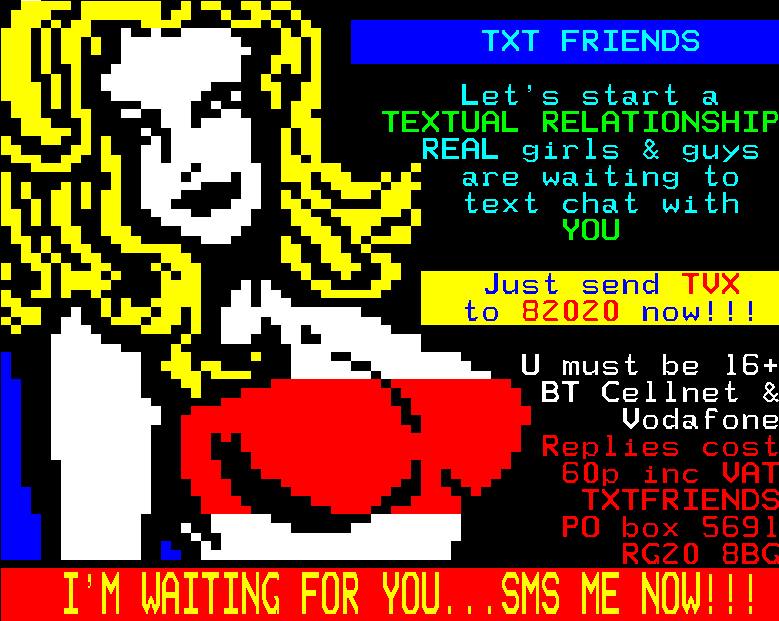
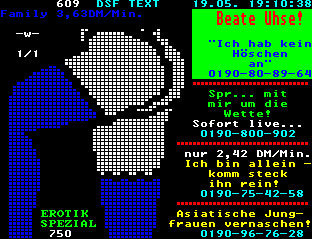
The reason for this loss of innocence? Teletext was, and remains, very popular. It is available to anyone with a television set or mobile app, making it extremely convenient and accessible.
Over the course of 50 years, teletext has worked its way into our collective psyche. If you’ve never owned a teletext TV set, you’ve probably seen one at a pub or in the window of a local electronics shop.
In a pre-Internet age, the idea of an up-to-the-minute, self-updating news service was certainly very exciting. In the Internet age, teletext is no longer the sole domain of public broadcasters, and artists can finally adopt the medium for themselves. We have achieved full decentralisation.
Bridging the gap between commercial and artisan
All of these developments prove that teletext has evolved far beyond mere information design. It is still used for that purpose, but it has also begun to attract the attention of artists around the world.
Those artists are now beginning to inform public services. ARD (Germany) and Yle (Finland) are closely aligned to the artisan teletext movement, regularly featuring art that seeks to push boundaries that purely product-driven services would and could not.
Since its inception in 2012, the International Teletext Art Festival has showcased artworks that tackle a wide range of subjects from the political to the philosophical. Though more restrictive than most digital art mediums, teletext retains a versatility that belies its intended purpose.
Which brings us back to the question of why teletext.
At its core, an artistic medium must be attractive or engaging, or facilitate artwork that exudes these qualities. For some people the fascination is pure nostalgia, or maybe the anachronistic nature of this 70s relic invading our new media alongside emoji and text speak.
Or maybe the attraction is so much more than wistful affection for days past. Taken out of its historical context, teletext stands as a serious artistic medium in its own right, presenting its own unique challenges and capabilities. It represents economy of data, colour and function while still being capable of serving heavier duty concepts and a variety of art styles.
I believe we have yet to see the full artistic capability of teletext, but as more artists adopt it as a medium of expression, that potential will quickly be realised.
References
- Teletext in Europe (2016), Nordicom
- Is it Just Text? Raquel Meyers
- Teletext as a New Media Promoter in Croatia, Mato Brautovifi & Tena Periši
- Teletext Babez, Dragan Espenschied and Maarten Ploeg (2001)
- International Teletext Art Festival – teletextart.com




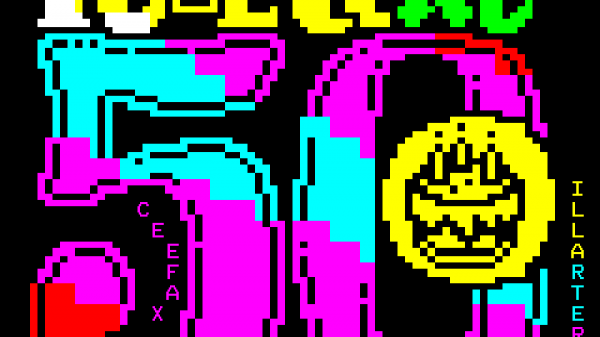
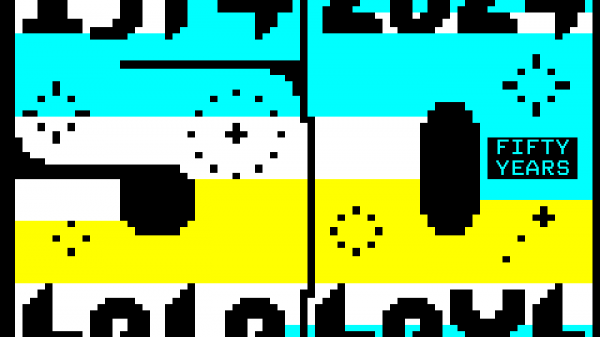

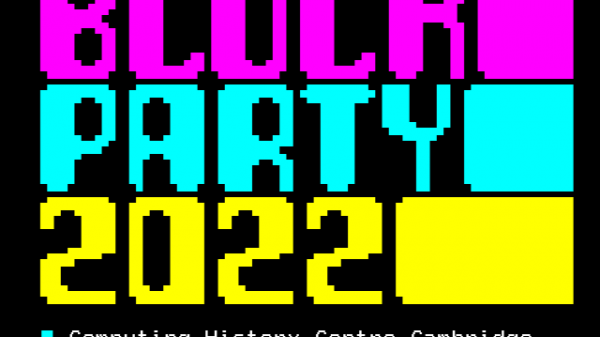
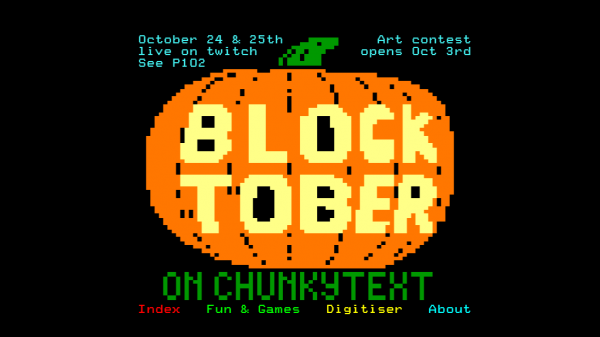
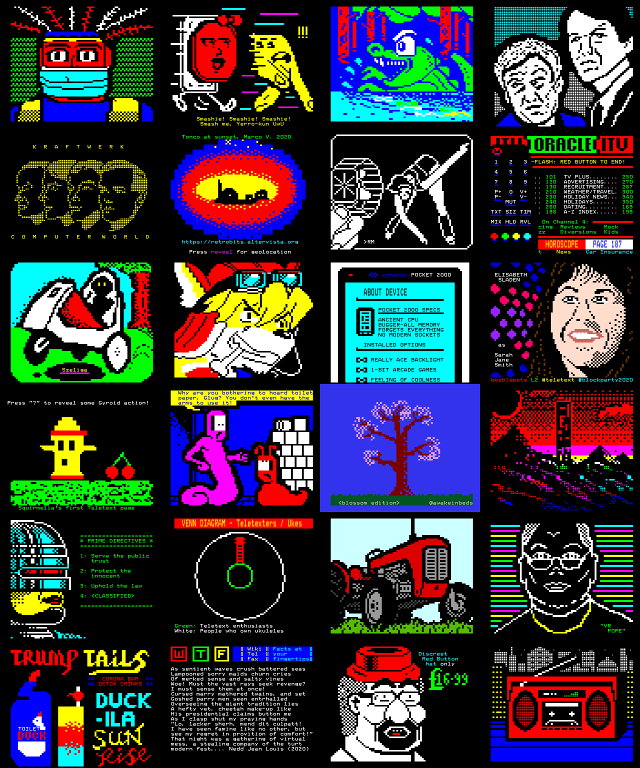
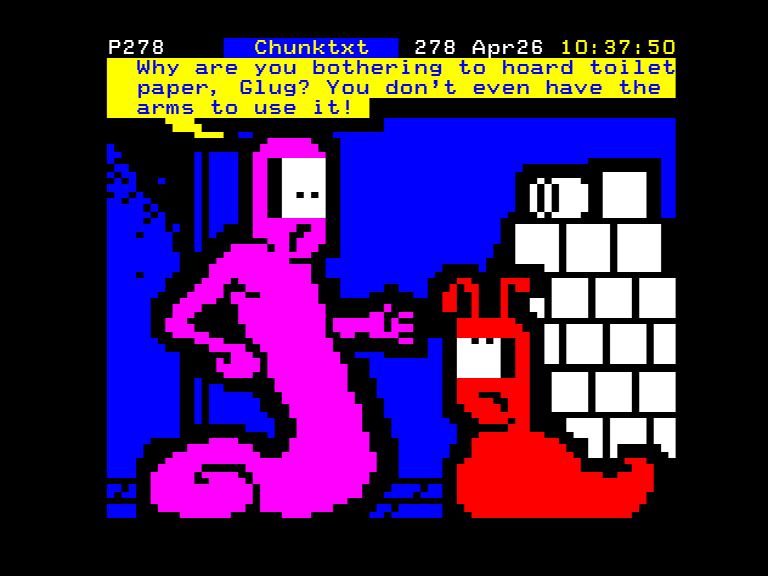
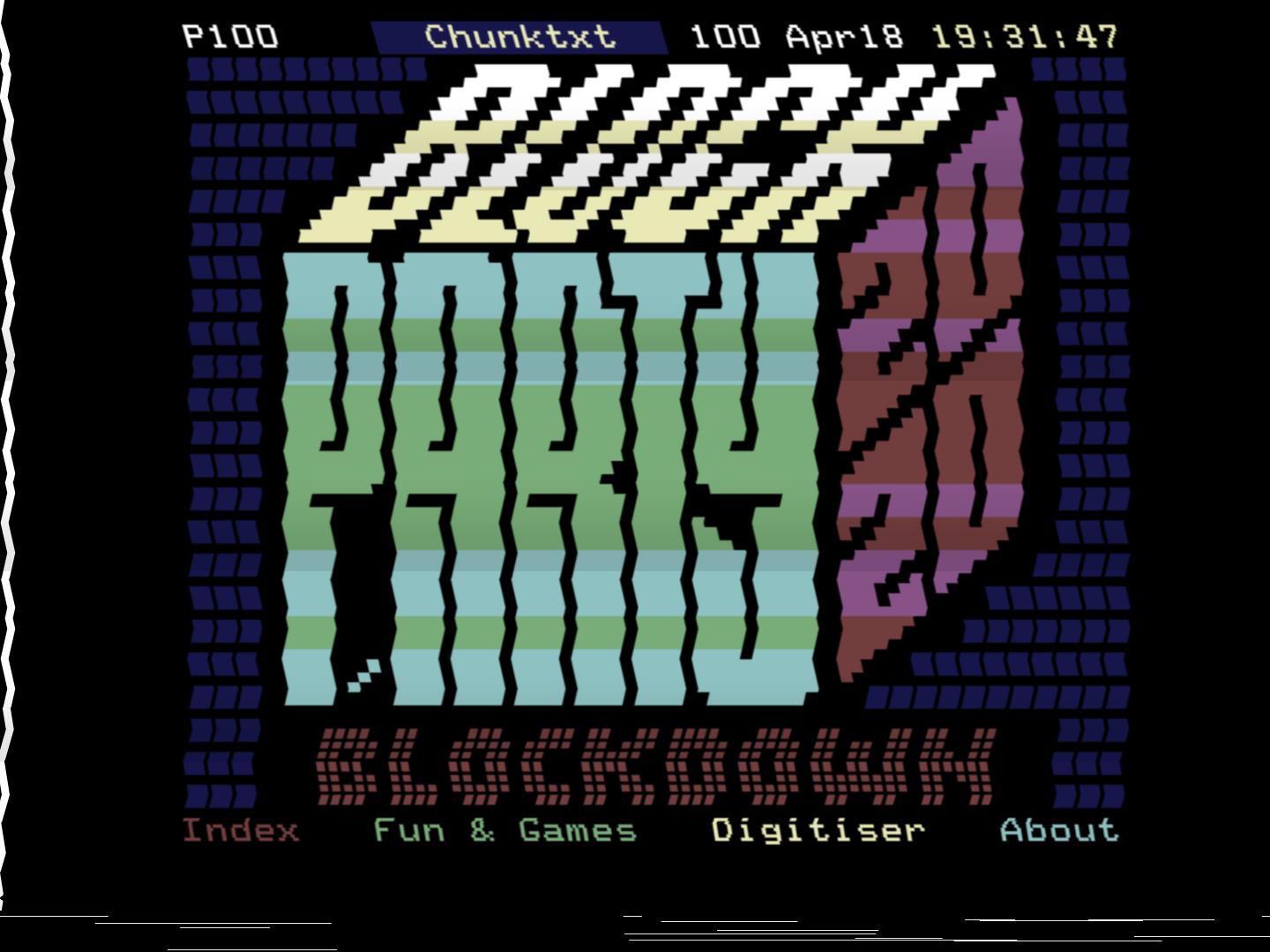
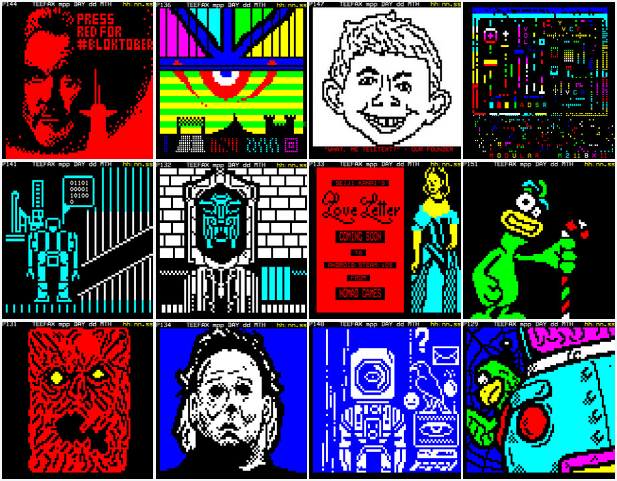
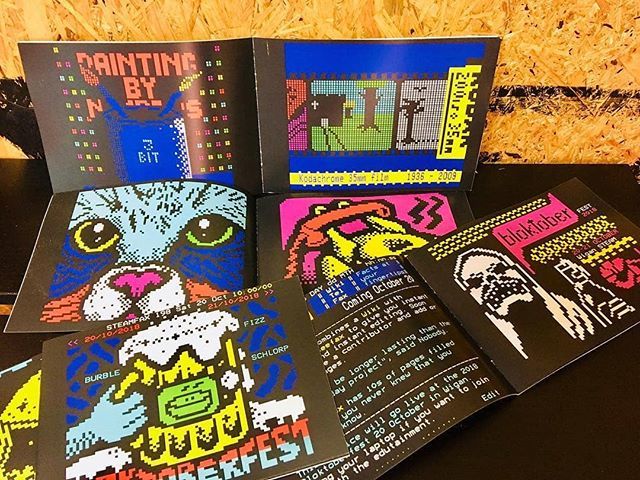
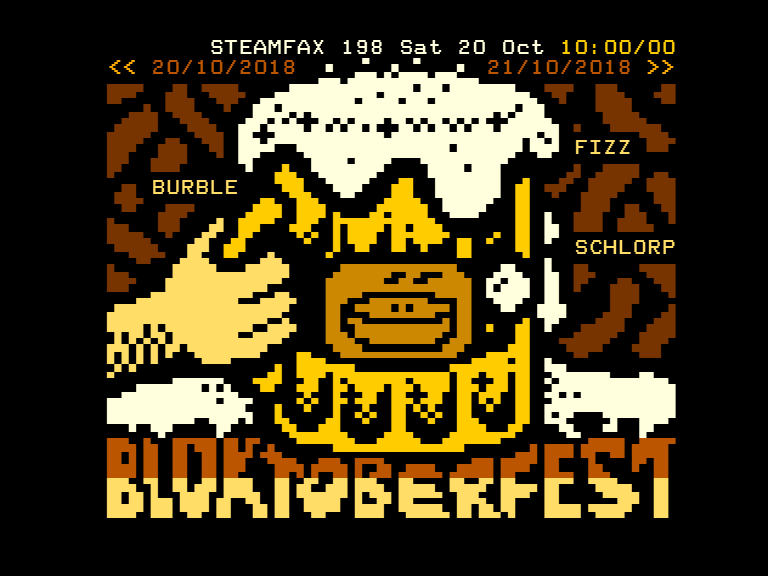
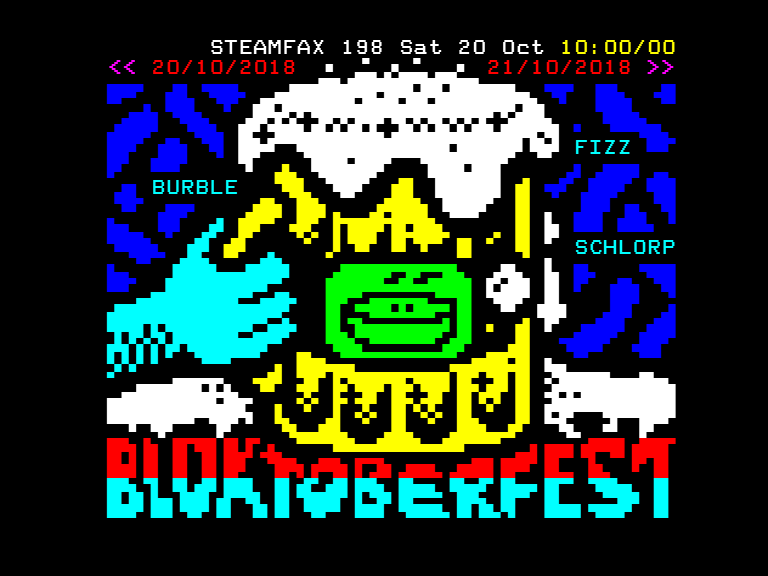
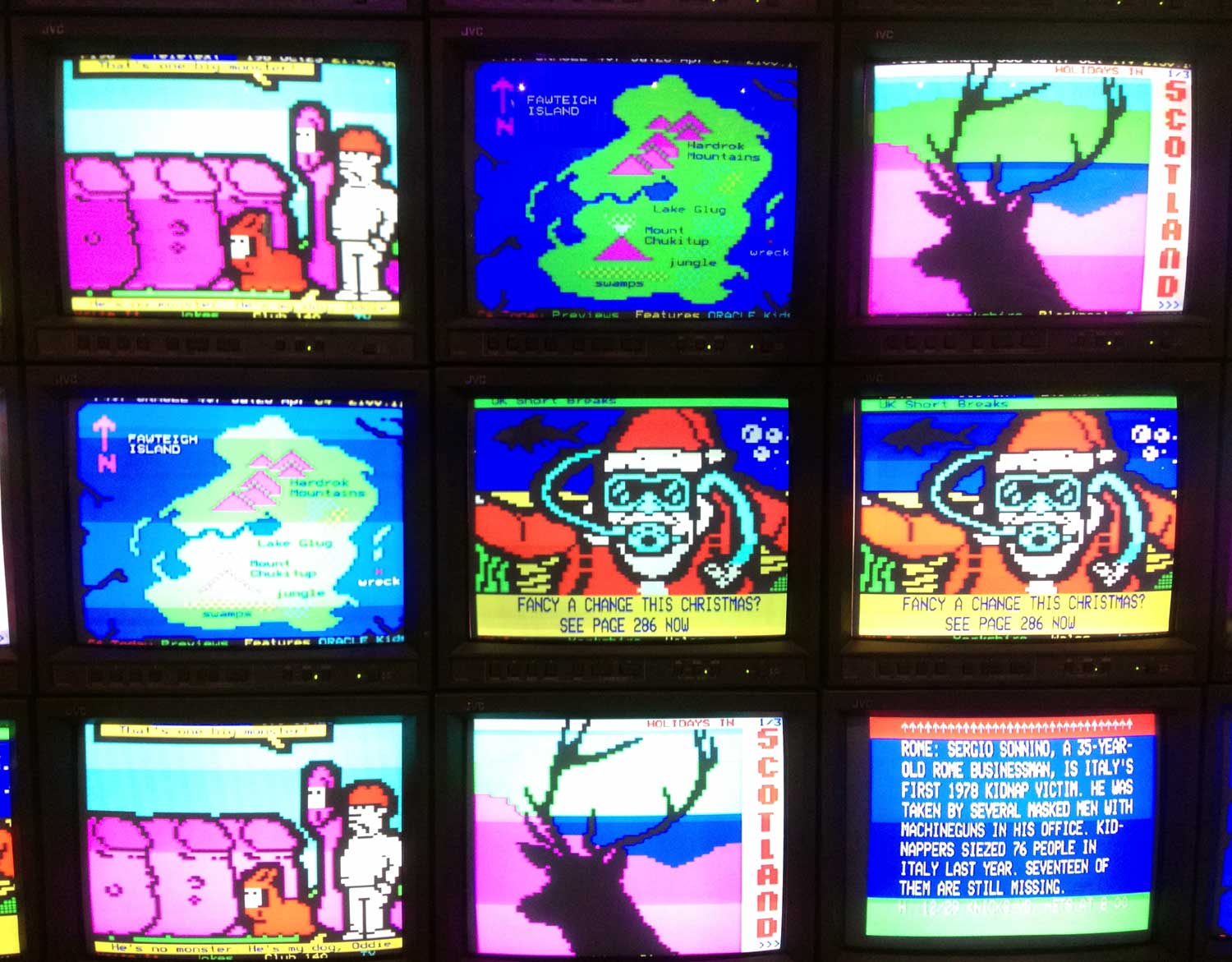
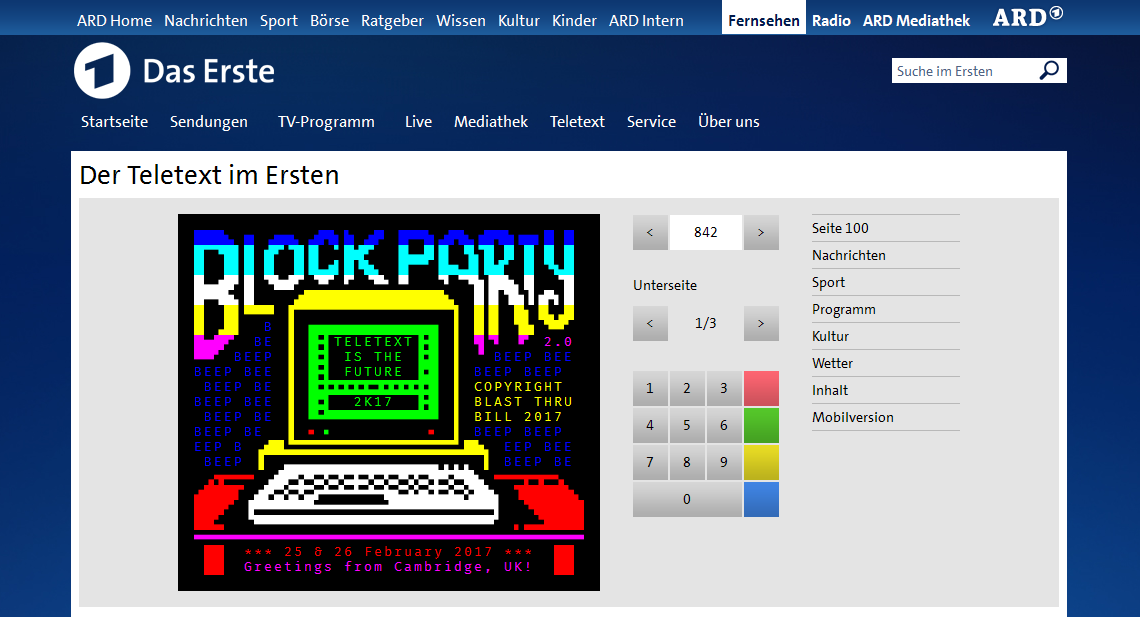
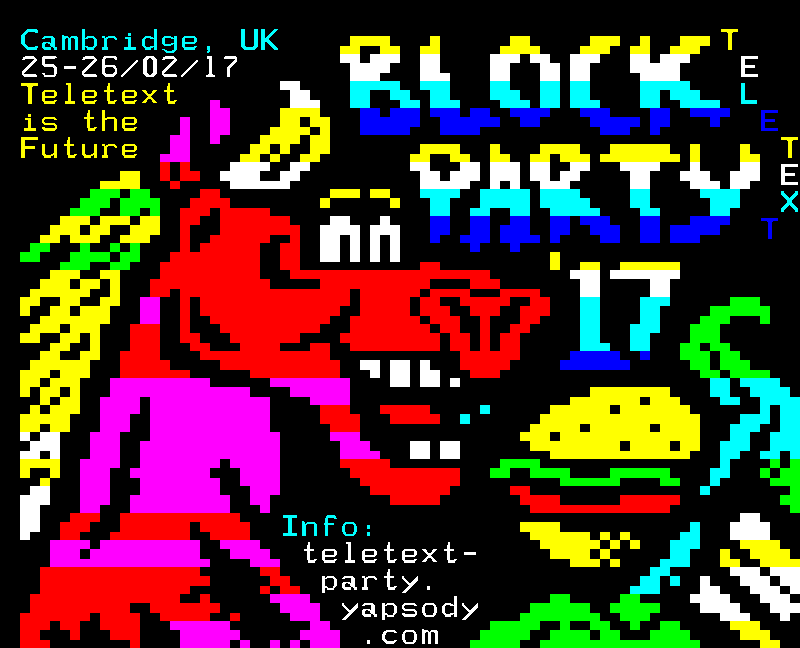
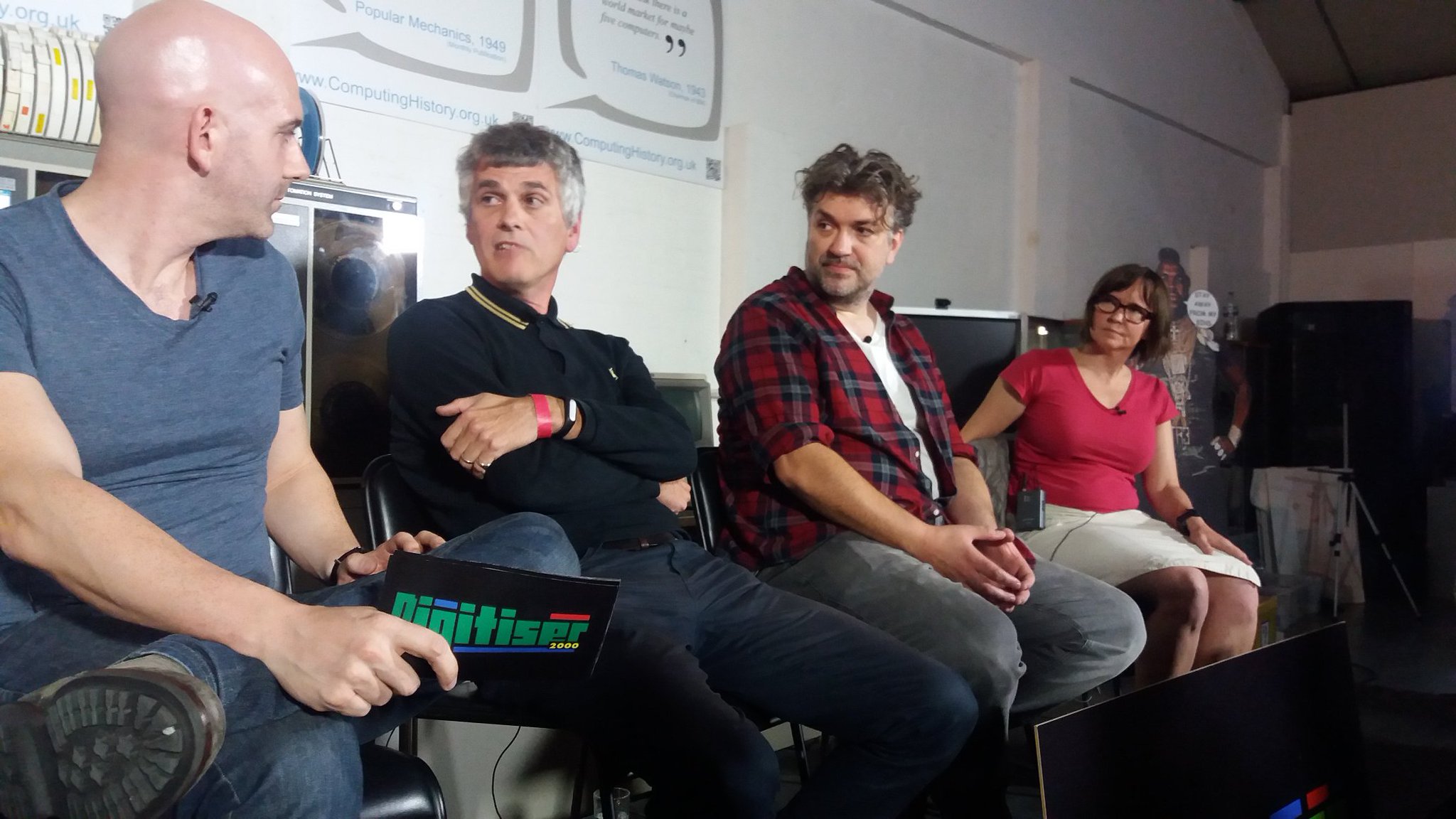
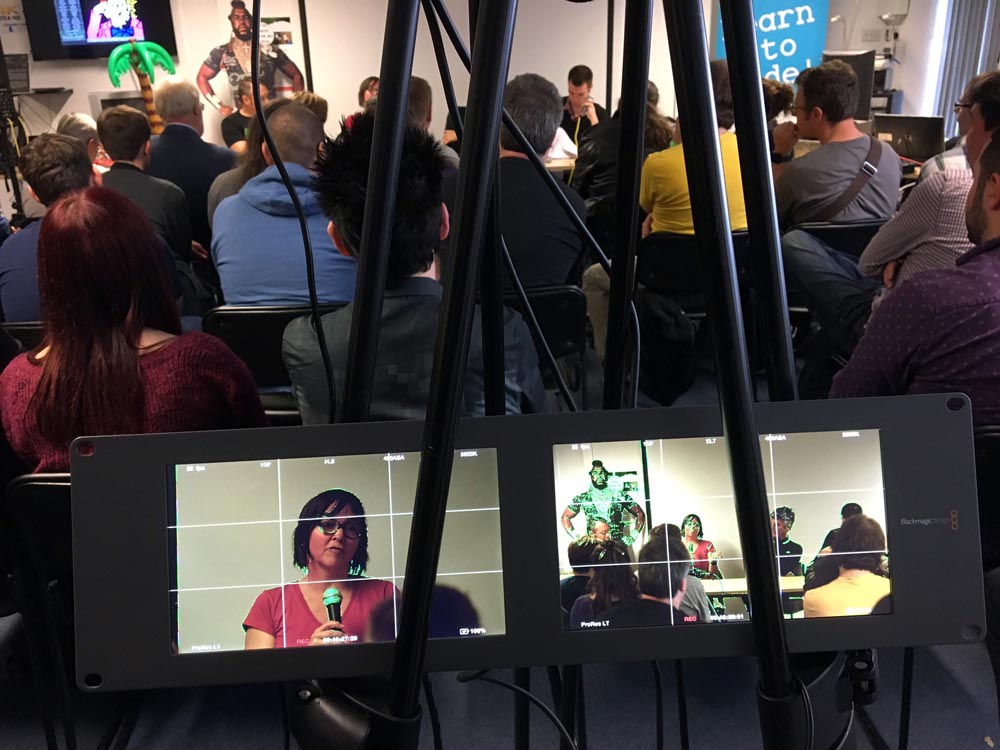
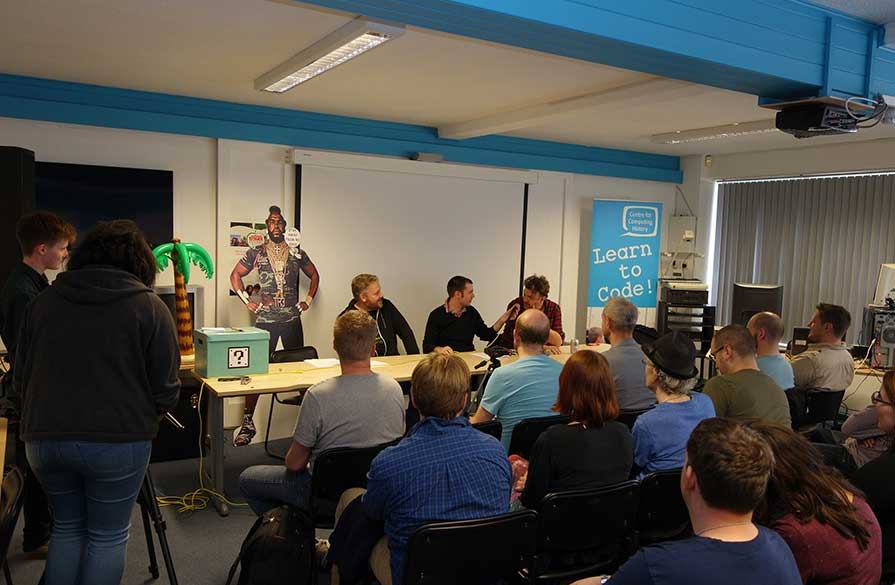
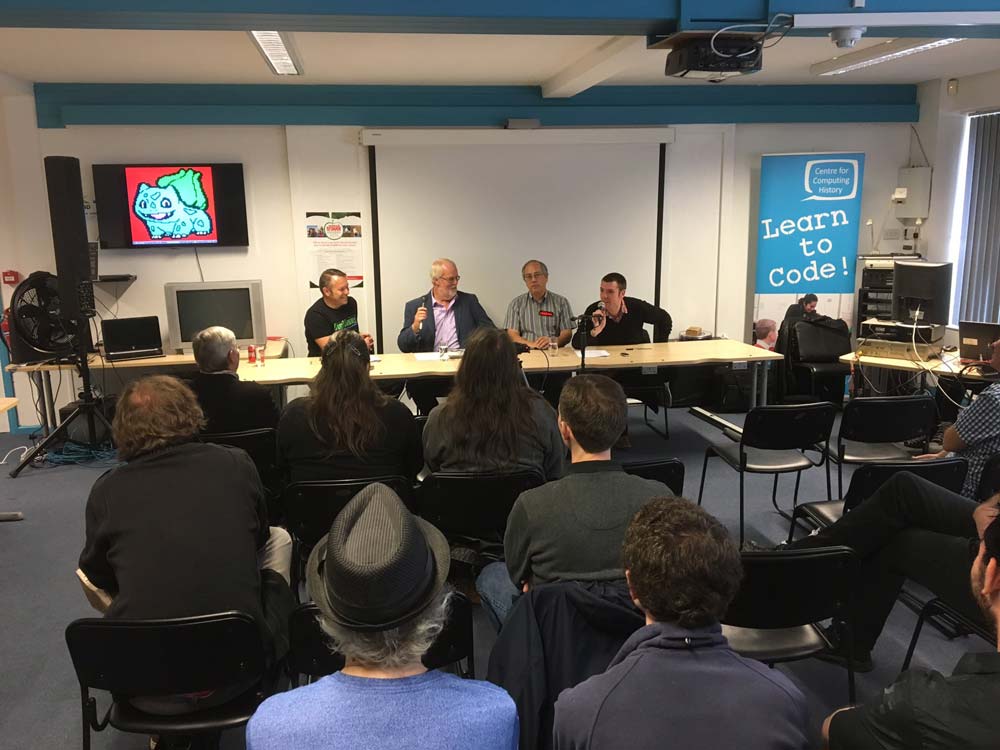
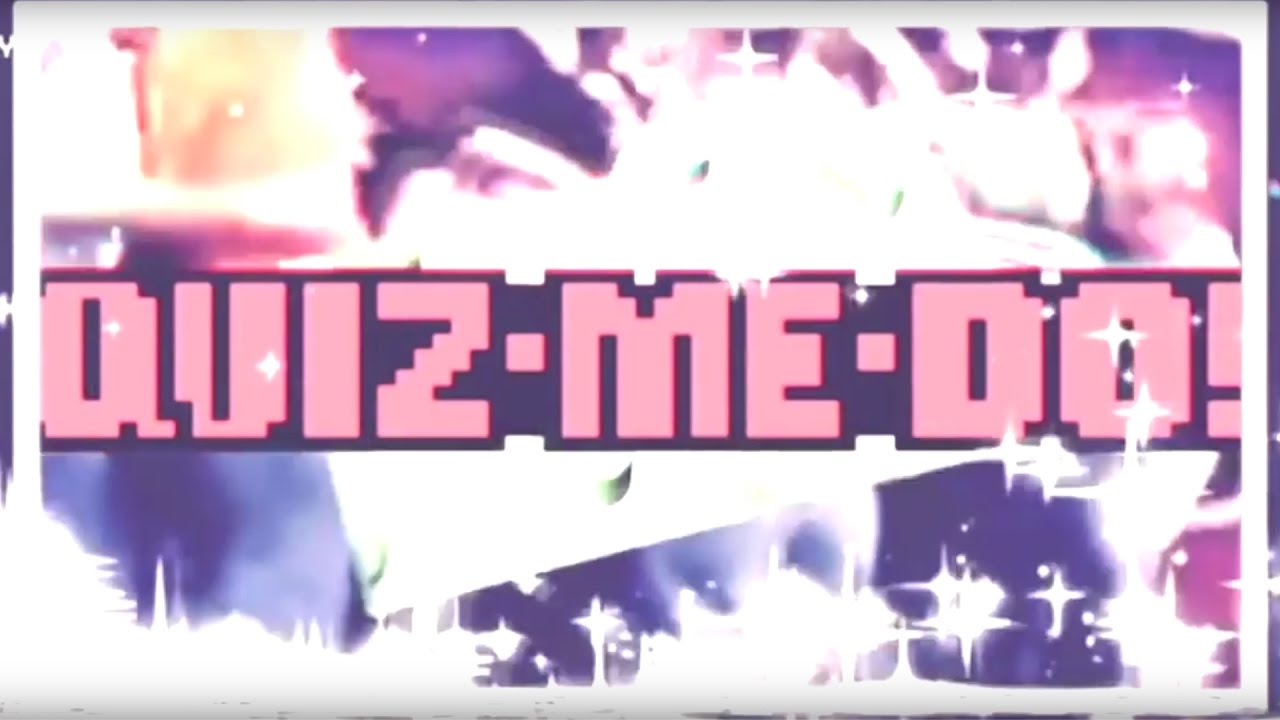
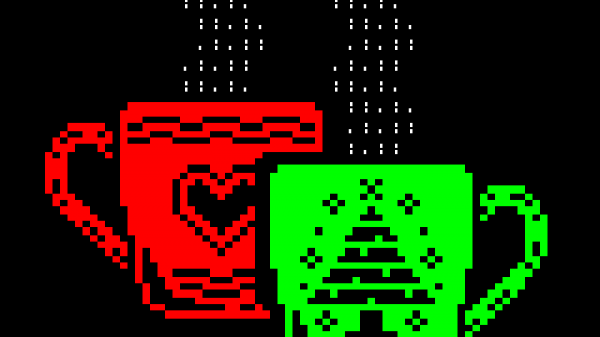


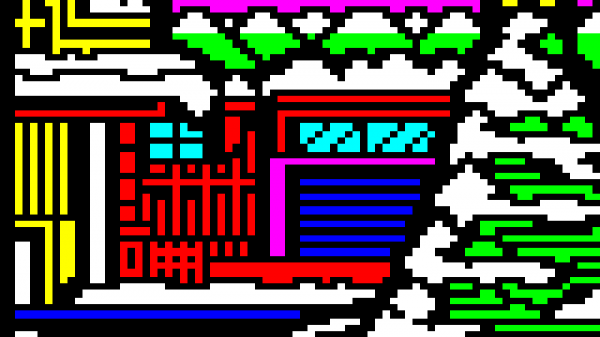
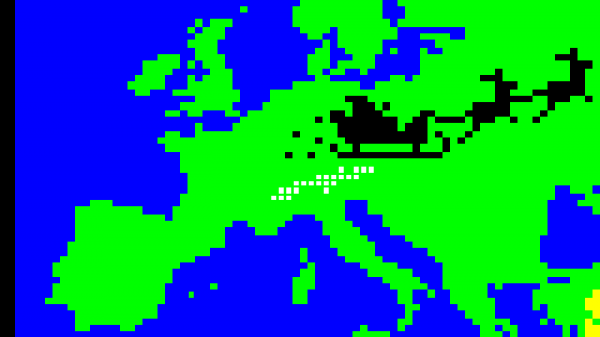

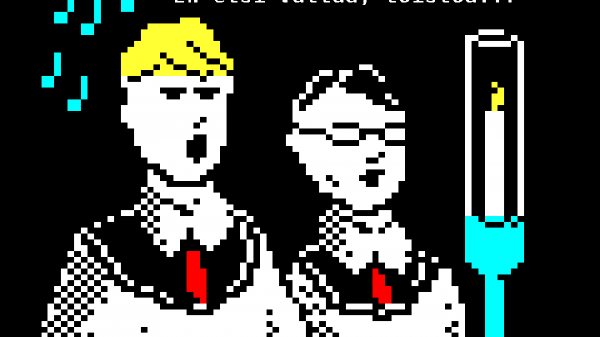
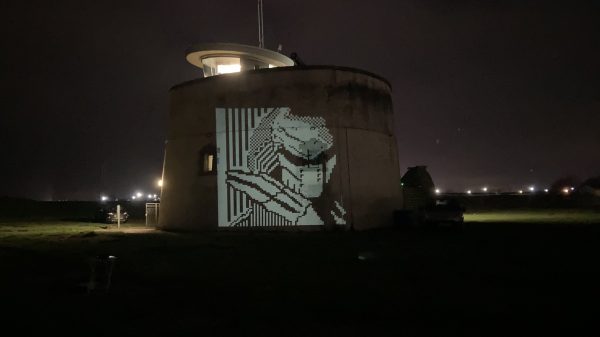
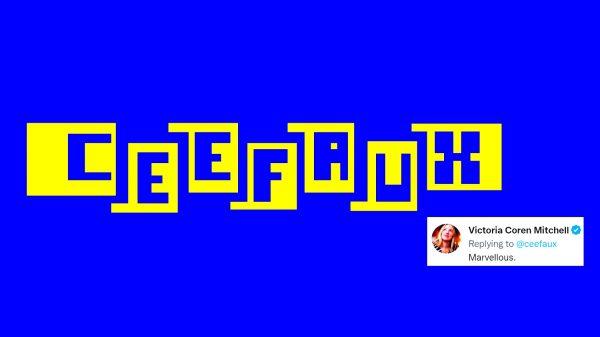
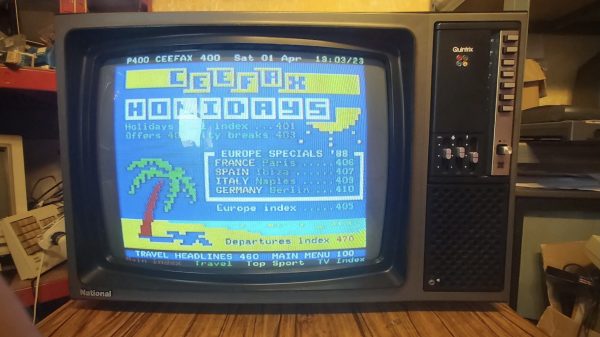
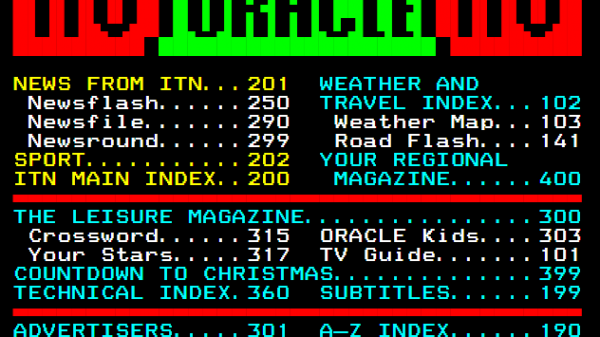
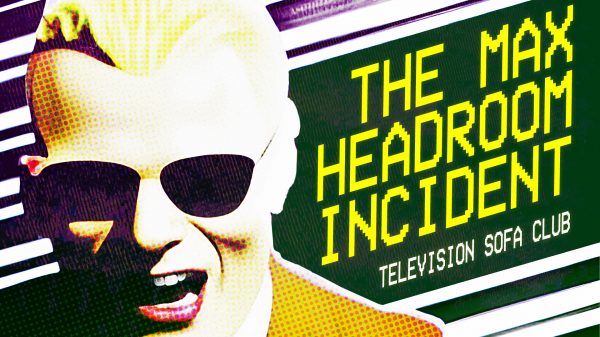

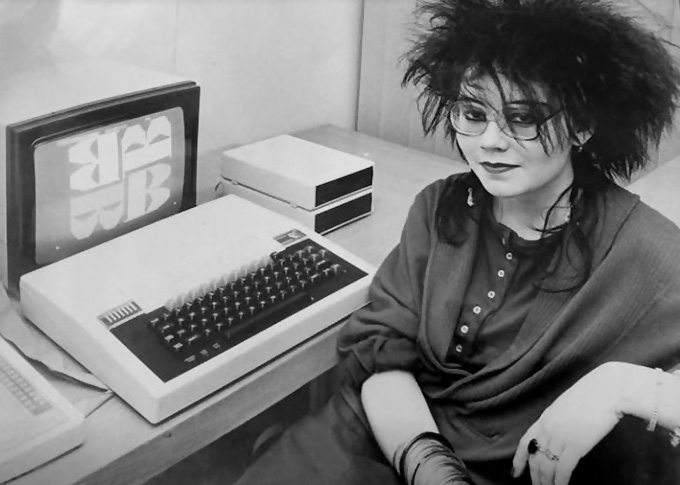
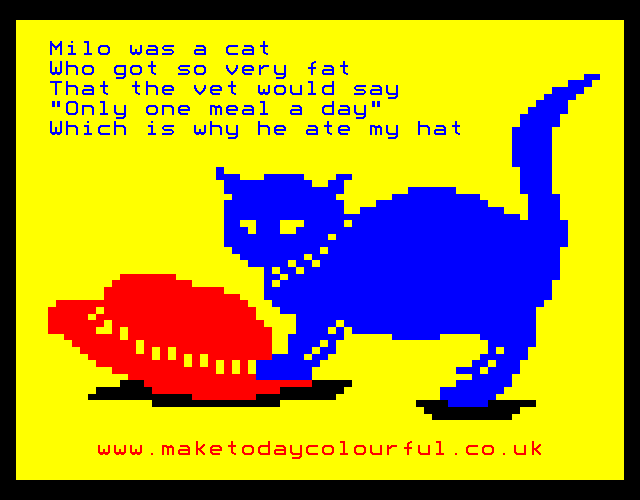
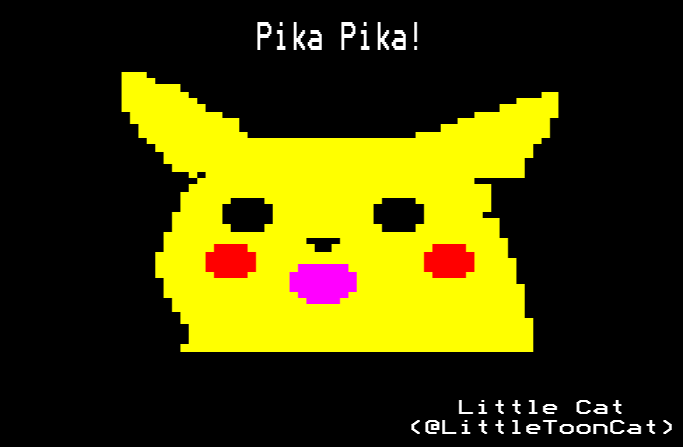
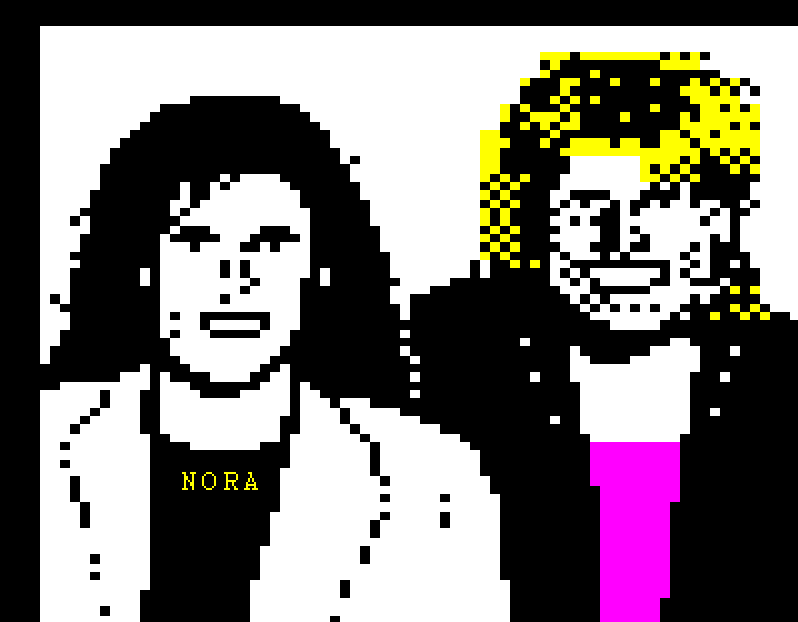
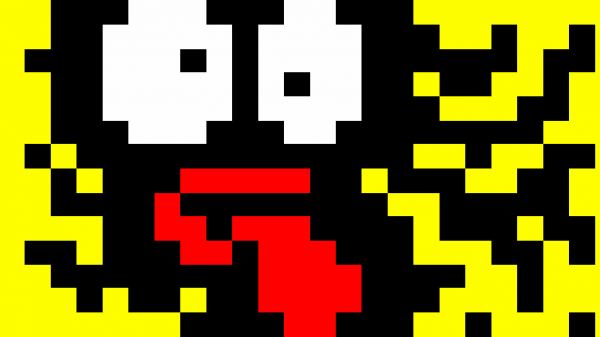
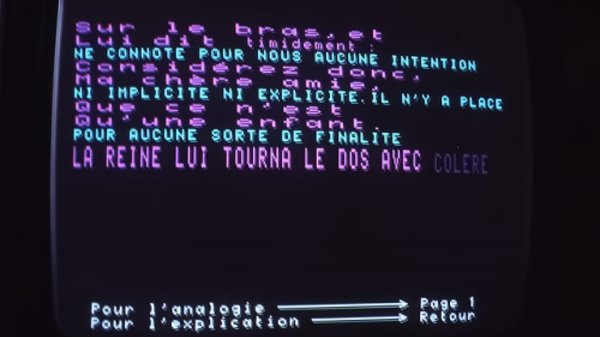
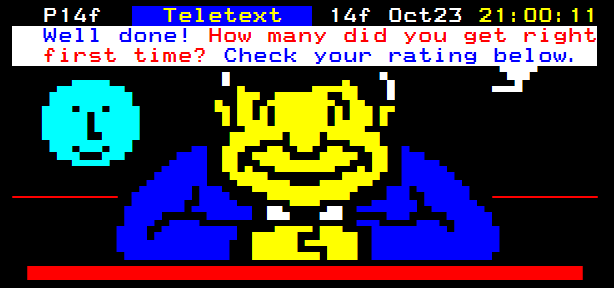
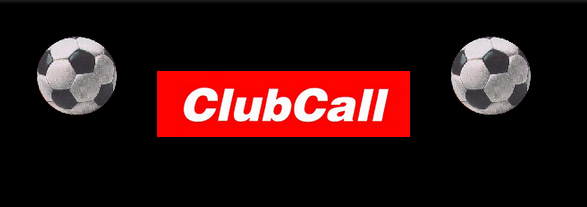
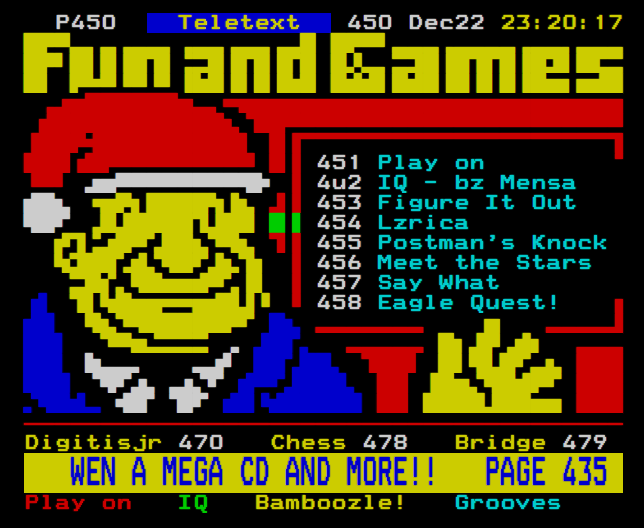
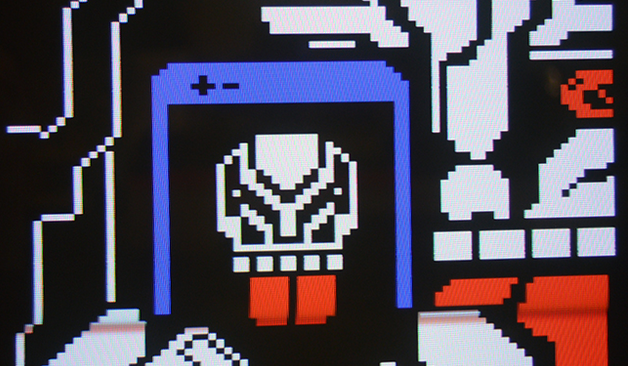
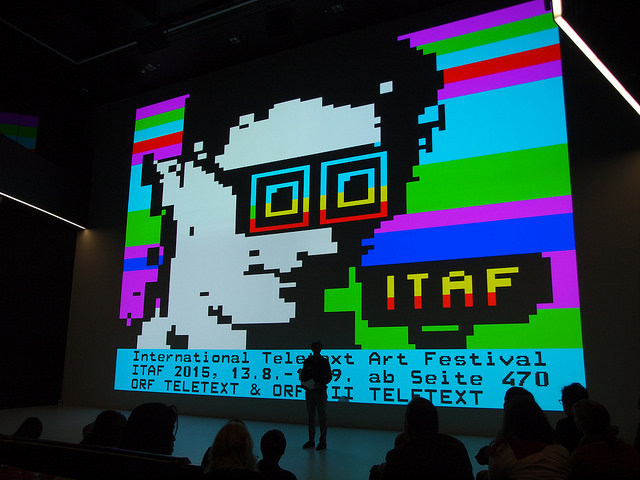


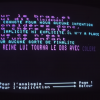
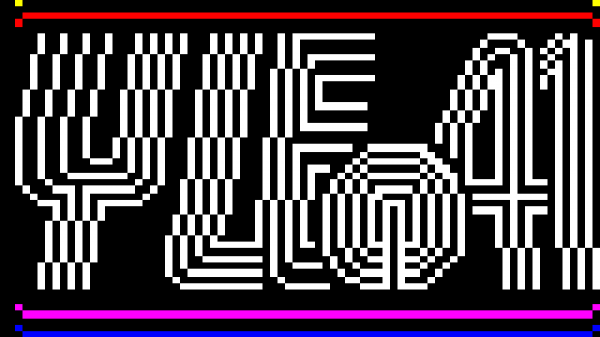
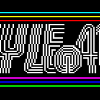
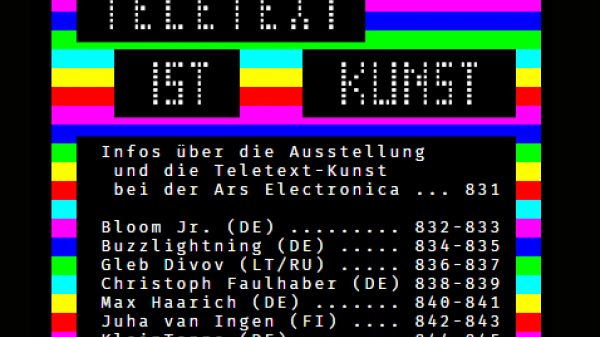
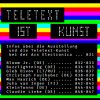
Recent Comments